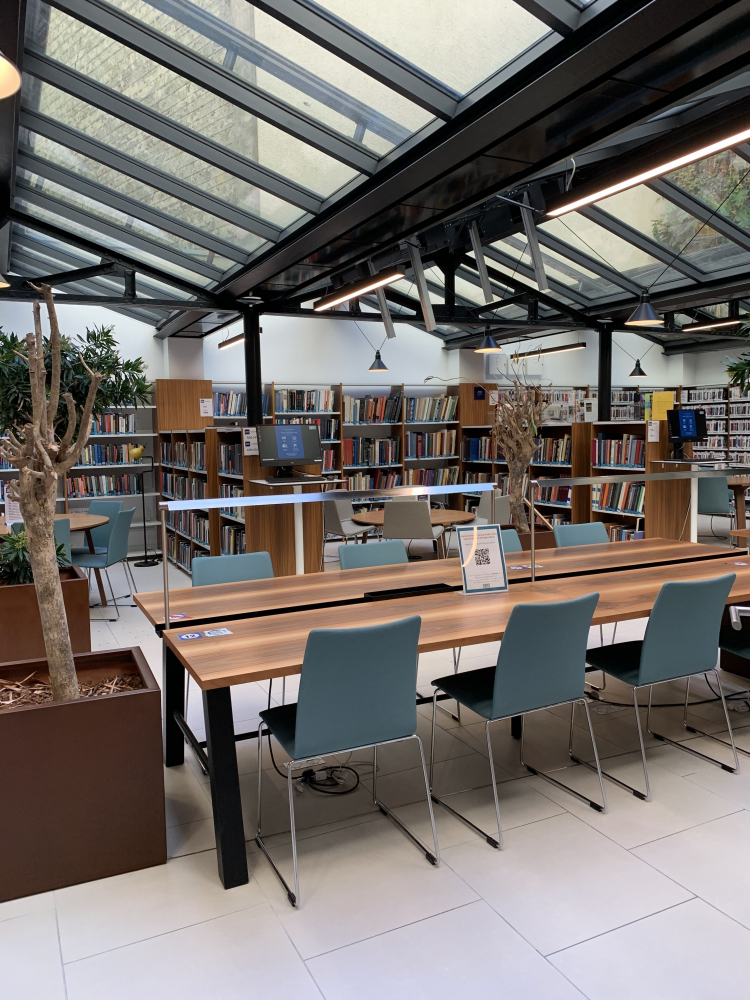Pandemic Takes a Toll on Students’ Social Lives

When the COVID-19 pandemic hit a little over a year ago, public health experts and government officials mandated that we “socially distance.” The Center for Disease Control and Prevention (CDC), as well as health officials, were quick to jump in not too long after to clarify that we are to practice “physical,” not social, distancing, but it is clear that the time spent in isolation since the start of COVID-19 has taken a toll on the social lives of many, AUP members included.
According to the AUP Registrar’s Office, out of the total 860 students registered this semester, an average of 642 have declared their learning location “on-site.” Despite this large number, several students have shared that they could not feel more distant from their peers at this time. “The college experience at the moment feels dry because it’s basically just going to class and then back home,” says Motse Ntloedibe-Kuswani, a Philosophy, Politics, and Economics (PPE) and International Economics Junior. Socializing on campus – and off – in the time of COVID has become particularly difficult. The AMEX café, which is usually buzzing with students getting together for a cup of coffee or a meal, now enforces a one person per table rule. The same goes for the eighth floor of the Quai, and most other campus facilities, including the library.
“The Quai was built with the intention of it being a student life and learning center,” AUP librarian Jorge Sosa explained to me. The architecture of the building is meant to promote collaboration between students, faculty, and staff alike. The arrival of the pandemic has drastically changed that, however. The Learning Commons, which can usually house up to 316 students at a time in its facilities, can now accommodate a mere 42 students. This comes as new measures needed to be implemented on campus to allow the university to remain open during these unpredictable times. Group study rooms and large communal tables are now limited to individual use, or with a minimum of two meters between each user. While this model is a step up from the one that the library initially employed at the start of the pandemic, it is still pretty isolating. “It’s an awkward situation, telling students not to sit together,” Sosa explained, “but that’s what we have to do to stay open.”
Many students have faced a hard time making new friends and connecting with people on a deeper level since the start of COVID-19 and isolation. “I miss clicking with people on a social level and meeting new people,” Kuswani admitted. This has been especially true for the incoming freshman, who Sosa says are missing out on the true AUP experience and the sense of community that normally reigns. Human touch has also largely been taken away. A hug, la bise, even a handshake, are now sources of worry and a sign that you’re too close to someone, when normally they’d be indicators of greeting and affection.
Today, the collaboration that is at the very core of AUP is taking place largely online, even with the partial return to in-person classes. Over the past year, we’ve tailor-made our lives so that we are able to live them digitally. Education, workshops, events, meetings, and even hangouts with friends are now virtual acts that we perform. The college experience that many are used to and incoming students look forward to has been reduced to the routine of class, home, repeat. It is both sad and exciting to think that the only time we may be allowed to openly and shamelessly gather in groups, give la bise, and hug our friends is when enough of us have been vaccinated, but even then, will our social lives go back to what they were pre-COVID?







